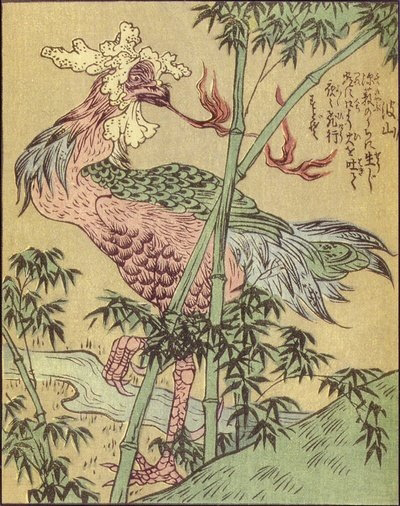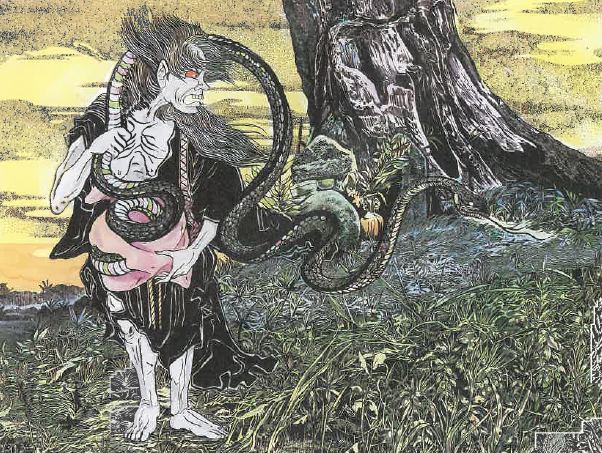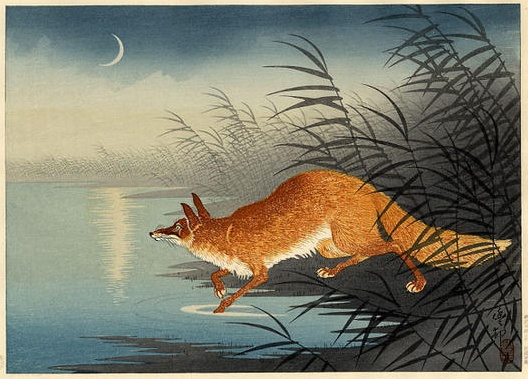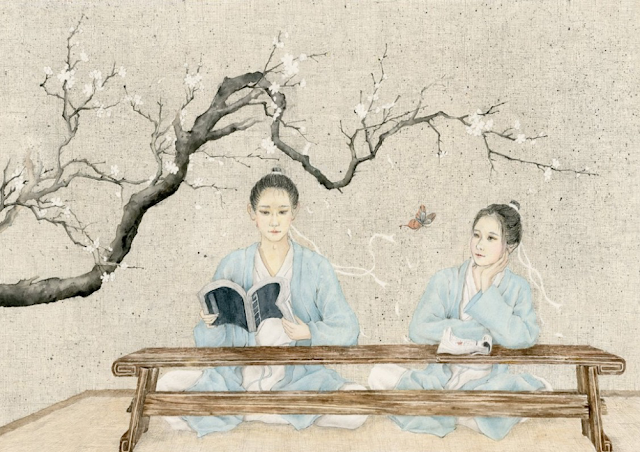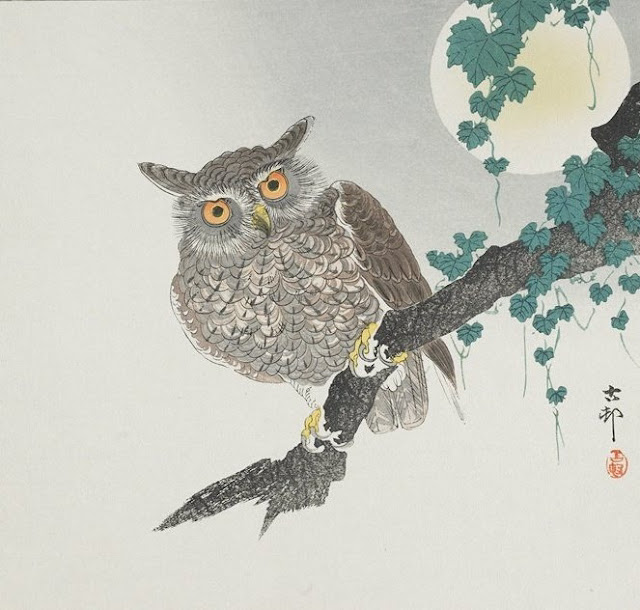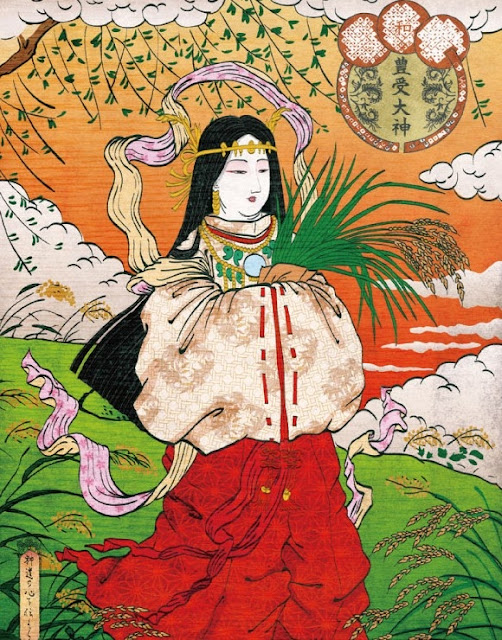The Yokai of Japan

Yokai is an umbrella term for the supernatural creatures of Japan. I find them endlessly fascinating and much of what I share on this blog is yokai related. In this post I will provide a quick introduction to some of the most well-known yokai, as well as a linked index to all the yokai posts on this site.


